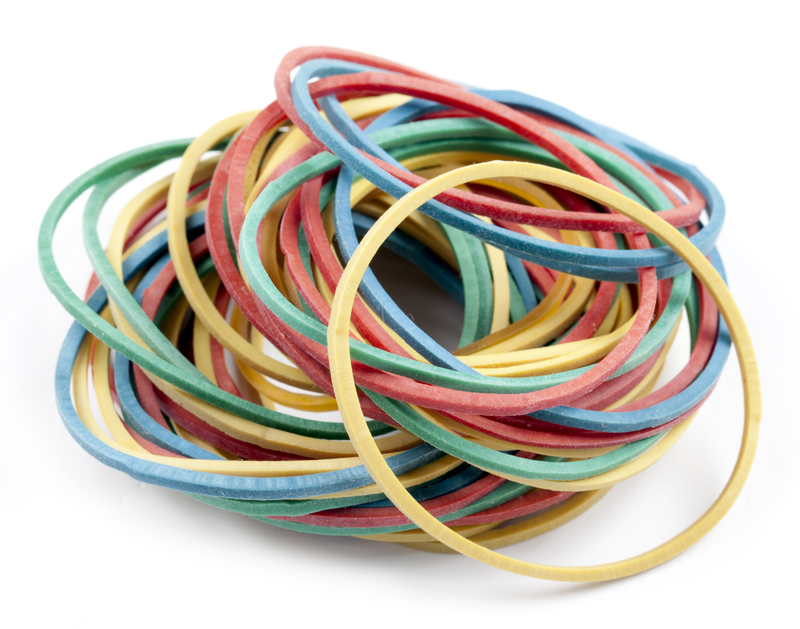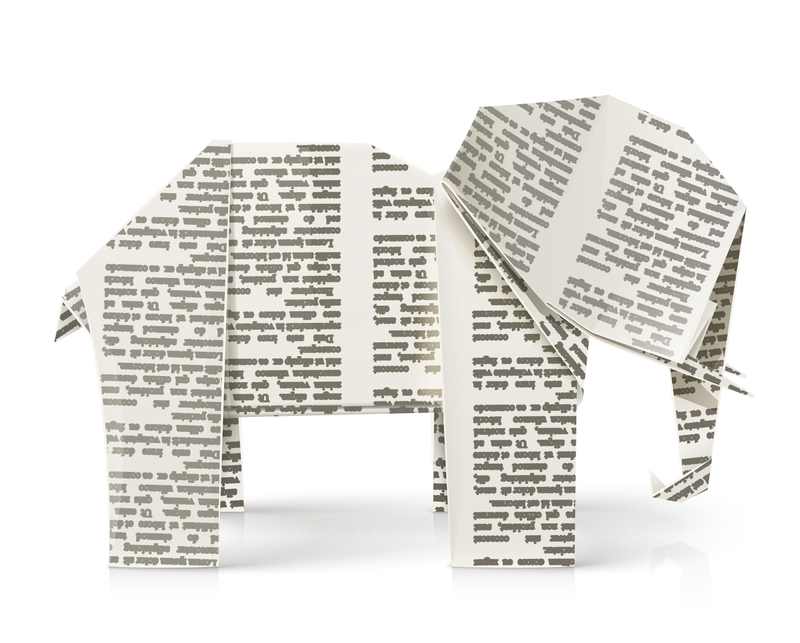Breathing New Life into Clothes: Top Recycling Strategies
The global push for sustainability has given rise to creative ways to repurpose and recycle clothing. As the fashion industry leaves a significant ecological footprint, innovative clothing recycling solutions have become a top priority. From upcycling old shirts to participating in textile recycling programs, there are countless options to give garments a second life. In this comprehensive guide, we'll explore the most effective, eco-friendly, and practical methods for breathing new life into your wardrobe.
Why Should We Recycle Clothes?
The world discards millions of tons of textile waste each year. According to the Environmental Protection Agency (EPA), only about 15% of textiles are recycled, while the remaining 85% end up in landfills or are incinerated. This creates harmful greenhouse gases, pollutes water sources, and wastes valuable resources. By embracing the top clothing recycling strategies, you not only help the environment but also support circular fashion, conserve energy, and foster creativity.
- Reduces landfill waste
- Conserves water and natural resources
- Decreases pollution and carbon emissions
- Promotes ethical and sustainable fashion
- Sparks creativity and innovation

Understanding the Life Cycle of Clothes
Before diving into strategies to recycle clothing, it's crucial to understand the stages that garments go through:
- Production: Raw materials like cotton, polyester, or wool are manufactured into fabrics.
- Consumption: Consumers purchase and use clothing items.
- Disposal: Worn-out or unwanted clothes are either thrown away or recycled.
Improving each step can lengthen a garment's useful life. The environmental impact can be dramatically reduced by changing how we dispose of clothing, especially by implementing innovative clothes recycling strategies.
Top Clothing Recycling Strategies
1. Upcycling - Transform Old Clothes into Something New
Upcycling involves converting old garments into new, functional, or decorative items with little additional processing. Unlike traditional recycling, upcycling keeps materials out of the waste stream and gives them a higher value.
- DIY Fashion Projects: Revive torn or dated clothes by adding patches, dyeing, or resizing them. For example, turn a large men's shirt into a stylish dress or use decorative patches to cover up holes in jeans.
- Home Decor: Old t-shirts can be cut up and braided into rugs, while denim jeans can be sewn into sturdy tote bags or cushion covers.
- Accessories: Scraps of fabric can become jewelry, hairbands, or unique belts, breathing new life into even the smallest textile remnants.
Tip: Browse online platforms like Pinterest or YouTube to find creative upcycling tutorials tailored to your skill level.
2. Donating Gently Used Clothes
One of the simplest clothing recycling solutions is donation. Charities, shelters, and community organizations eagerly accept clean, wearable garments.
- Local Non-Profits: Organizations such as Goodwill, The Salvation Army, or homeless shelters accept a wide array of clothing.
- Specialty Programs: Some programs focus on job interview attire or school uniforms, ensuring that your donation goes directly to those in need.
- Clothing Drives: Churches and community groups often host events where you can drop off gently used items.
Pro Tip: Wash items, check for major damages, and ensure all zippers and buttons function before donating for maximum impact.
3. Clothing Swap Events
Clothing swaps are eco-friendly recycling strategies that let participants exchange their unwanted apparel for pieces others no longer need. This reduces new purchases, cuts waste, and fosters social connections.
- Host at Home: Invite friends and family to bring clothes they no longer wear and swap amongst each other.
- Community Swaps: Many neighborhoods or local organizations host swap events. Check local listings or social media groups for upcoming events.
- Online Swapping: Platforms like Swap.com or Rehash offer virtual swapping opportunities right from your living room.
4. Textile Recycling Programs
If your clothes are too worn to donate or swap, textile recycling programs can handle everything from socks with holes to faded towels.
- Local Recycling Centers: Many cities offer textile recycling bins where you can drop off unwanted items. Items are then shredded and repurposed into industrial rags, insulation, or new fabric products.
-
Retail Take-Back Programs:
- H&M: Collects any brand of clothing and textiles in any condition to recycle or reuse.
- Patagonia: Accepts worn-out outdoor gear for recycling or repair.
- Levi's: Runs denim recycling initiatives in select locations.
- Mail-In Services: Companies like TerraCycle provide boxes to fill with textiles and mail back for recycling.
Did you know? Recycled textiles can be used for soundproofing, car insulation, and even new fashion lines!
5. Repair and Alteration
Sometimes, a small repair is all it takes to revive an old piece of clothing. Learning basic sewing skills can dramatically extend the lifespan of your wardrobe.
- Simple Repairs: Mending holes, fixing hems, or replacing lost buttons are valuable skills to prevent premature disposal.
- Professional Tailoring: For more complex fixes or major alterations, consider visiting a local tailor.
- Project Inspiration: Shorten pants into shorts, turn dresses into skirts, or combine fabrics for statement pieces.
Extra Tip: Invest in a basic sewing kit or sign up for community workshops. Sewing is a life-long skill that supports sustainable living.
6. Sell or Consign Unwanted Clothes
Reselling lightly worn clothing not only reduces waste but can also be profitable. It encourages a culture of reuse and makes high-quality fashion available at accessible prices.
- Online Platforms: ThredUp, eBay, Poshmark, and Depop make selling easy and convenient nationwide.
- Consignment Stores: Local shops pay you a percentage of the selling price once your items find a new home.
- Designer Exchanges: Specialized boutiques trade or sell high-end, luxury garments.
Pro tip: Take clear, well-lit photos and provide accurate sizing details for quicker sales.
7. Composting Natural Fibers
Did you know that 100% natural fiber clothing can be composted? Cotton, wool, linen, and silk break down safely when shredded into small pieces.
- Preparation: Remove all non-biodegradable parts--buttons, zippers, synthetic threads.
- Cutting: Chop material into strips and mix with other compostable waste.
- Composting: Add to your home compost pile. The process may take several months depending on conditions.
Note: This method only works for 100% natural fabrics. Blends and synthetic fibers should be recycled instead.
Creative Examples of Recycled Clothing
- T-Shirt Quilts: Preserve old t-shirts with sentimental value by turning them into cozy blankets.
- Denim Coasters: Repurpose the legs of old jeans into durable drink coasters.
- Canvas Plant Hangers: Cut thick canvas pants into strips and knot them into eco-friendly plant holders.
- Patchwork Bags: Combine scrap fabric to create colorful, custom tote bags.
- Costume Design: Theatres and schools often use recycled clothing for props and costumes, reducing production costs.
How to Start Recycling Clothes at Home
- Audit Your Wardrobe: Identify items you no longer wear, and separate based on their condition: wearable, repairable, or not salvageable.
- Decide on a Recycling Strategy: Upcycle, donate, swap, or recycle based on each garment's condition and your DIY skills.
- Find Local and Online Resources: Look for textile recycling centers, donation bins, and resale shops in your area.
- Educate Yourself and Family: Teach household members about the importance of reducing textile waste and how to identify recycling opportunities.
- Repeat Periodically: Schedule regular closet audits to keep clothing clutter to a minimum and recycling efforts ongoing.
The Benefits of Sustainable Fashion and Circular Economy
Clothes recycling strategies don't just save space and resources--they promote a new way of thinking about fashion. By embracing the circular economy, we keep materials in use as long as possible, design out waste, and replenish natural systems.
Key Benefits:
- Environmental: Less water, chemicals, and energy are required to manufacture new clothing.
- Economic: Creating jobs in repair, resale, and recycling sectors.
- Social: Building communities through swaps, clothing drives, and workshops.
Major fashion brands are starting to recognize the importance of sustainability, launching take-back and recycling programs for consumers. As demand grows, so do the opportunities for individuals to participate.
Tips to Make Your Clothing Recycling Journey a Success
- Choose Quality Over Quantity: Invest in well-made clothes that last, reducing the need for frequent replacements.
- Read Labels: Natural fiber garments are easier to recycle or compost. Avoid multi-material blends when possible.
- Support Circular Brands: Buy from companies that use recycled materials or offer take-back programs.
- Practice Mindful Consumption: Buy only what you truly need and love, minimizing waste from the start.

Frequently Asked Questions about Clothing Recycling
What happens to clothes that are recycled?
Textile recycling centers sort items: wearable garments are sent to secondhand markets; unwearable ones are turned into cleaning rags, stuffing materials, or shredded for insulation and various industrial uses.
Can all clothing be recycled?
Most textiles can be recycled, but garments made from mixed fibers or those containing non-removable metal and plastic components are more challenging. Always check with your local recycling program for their accepted items.
Is it better to donate or recycle clothing?
Donating is best if the clothes are still in wearable condition as it extends their life and helps those in need. For garments too worn-out for donation, proper recycling ensures they stay out of landfills.
How can I encourage others to recycle clothing?
Share information, organize swaps, or volunteer at local recycling drives. Leading by example inspires others to take action, creating a ripple effect throughout your community.
Conclusion: Rethink, Reuse, Recycle Your Wardrobe
Breathing new life into clothes through top recycling strategies is more accessible than ever. From creative upcycling and participation in clothing swaps to garment donation and advanced textile recycling programs, everyone can contribute to a greener, more sustainable fashion future. By making small changes today, you'll not only protect the environment but also discover endless opportunities for creativity and personal expression.
Start your clothing recycling journey now--your wardrobe, wallet, and the planet will thank you!